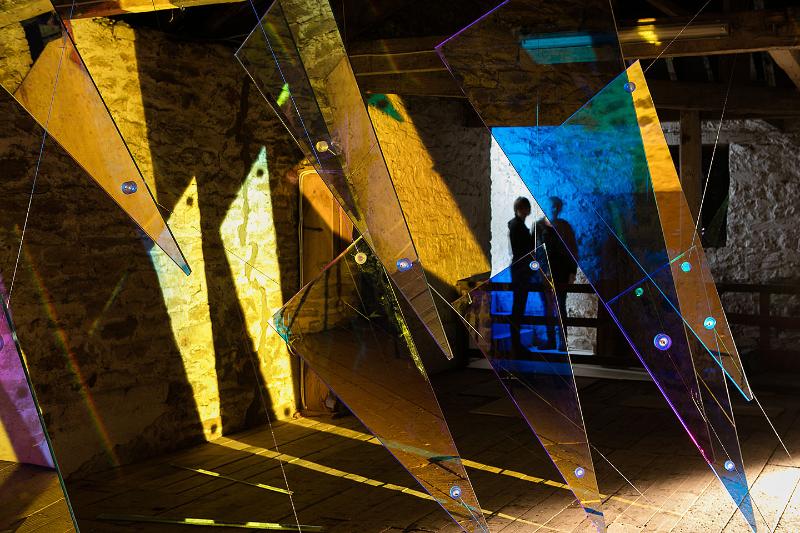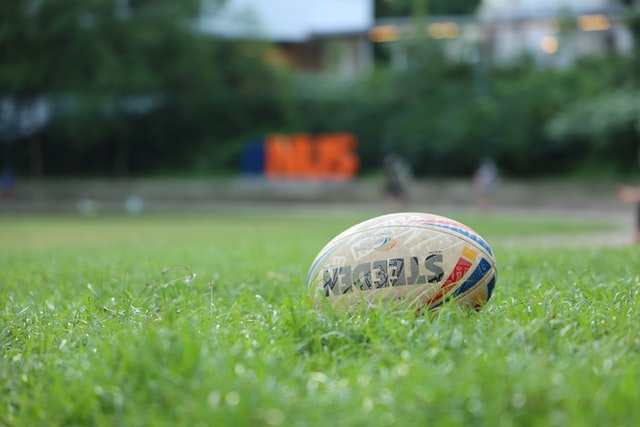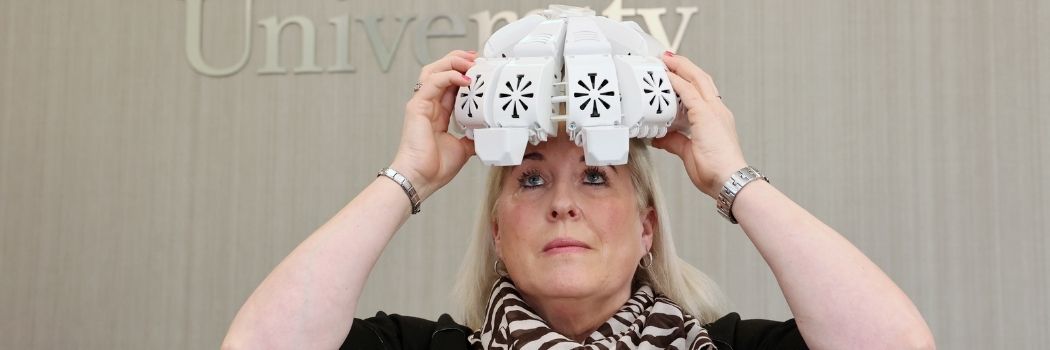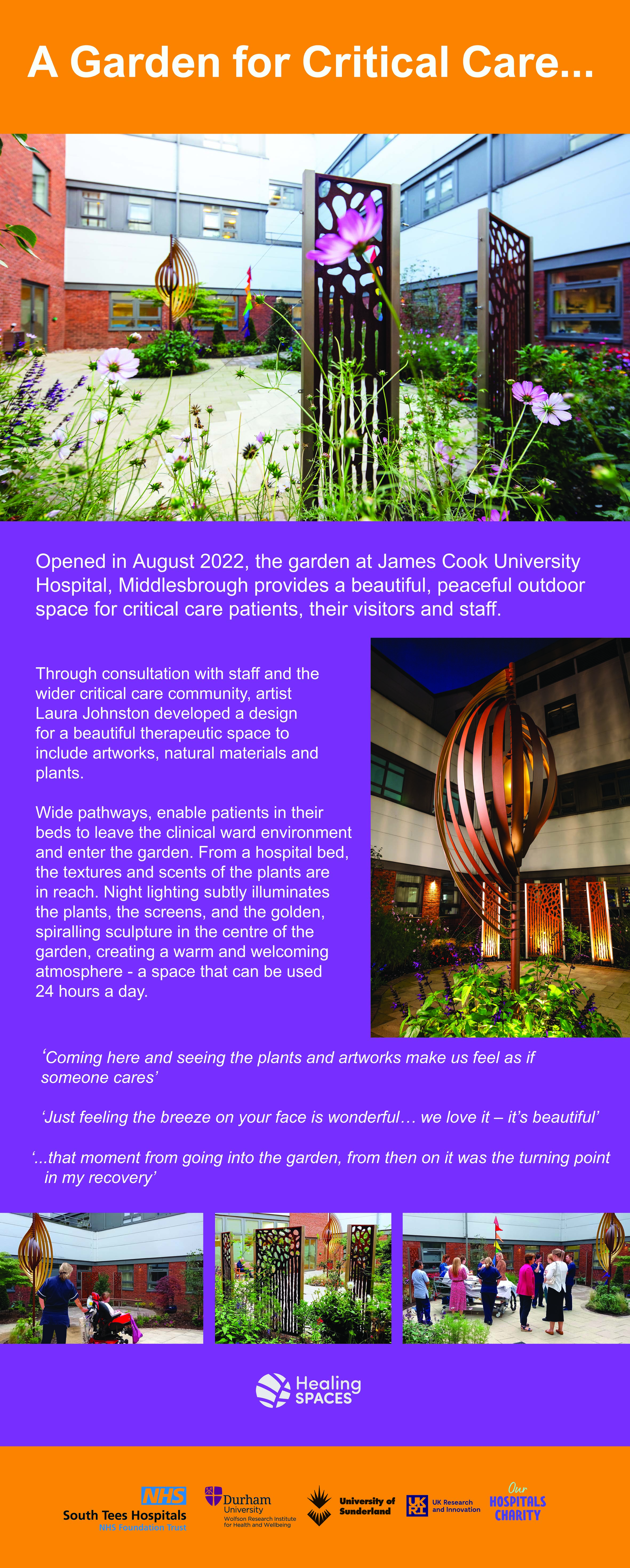The Brain, Body and Behaviour Academy
We don’t often think about how what we do and how we behave is contingent on what is going on in our brain and how that is affected by what is happening in our body.
In fact, it is a tri-ciprocal relationship and we cannot understand health and wellbeing without including all three in our enquiries and understanding their effect on each other. See examples below how damage to the brain affects our behaviour (stroke) how what we do with our bodies affects our brain and behaviour (concussion) and how the environment our bodies are in can affect our brain and behaviour (delirium).
InSPIRE: Innovating UK clean air policies to prevent cognitive disorders
InSPIRE is a UK policy and research consortium devoted to mitigating the impact that air pollution and the exposome have on brain health (including cognitive function, mental health and dementia).
 |
Evaluating e-therapies in the community |
|---|
Brain injury invariably has consequences for behaviour. This may be the loss of speech, movement or cognitive ability. Whilst neurorehabilitation techniques are in widespread practice for these impairments, those who experience visual loss after brain injury are and have not been served by the NHS.
At Durham University we have developed DREX (Durham Reading and EXploratory) training in collaboration with patients, their carers, and various health professionals such as consultants, occupational therapists and nurses. This e-rehab is helping patients in the UK and beyond regain the visual performance they need to re-engage with everyday life, improving their quality of life and lessening service demand on the NHS.
This is an online rehabilitation programme (e-rehab), and we are evaluating its use in a holistic sense, investigating factors that can affect its uptake and efficacy such as loneliness, multimorbidity and support. By understanding the patient’s needs, condition, aims, targets and surroundings, we can achieve a patient-focused approach to the challenge of rehabilitation that is of economic value to the NHS.
Visit the DREX website to learn more about the free-to-download app available on the Google play and Apple store for sufferers of partial visual loss. DREX training can be used to compensate for partial visual loss following stroke or brain injury. Get in touch with us for further information by emailing drex.training@durham.ac.uk.
 |
Enlighten health care spaces: the natural way |
|---|
Intensive Care Units (ICU) have garnered a lot of attention in 2020 due to the COVID-19 pandemic. Their function and design are focused on infection control. They are stark in nature and devoid of natural light. The materials used for their construction are relatively colourless. In this alien environment there is a strange combination of sensory deprivation, due to a detachment from the familiar, and sensory overload, as a result of 24/7 lighting “pollution”, constant activity of medical staff, “alarming” machinery sounds, and patient view-perspectives. The lack of familiar and ‘variable’ sensory stimuli can be detrimental and disorientating to patients, staff and visitors alike, especially after long periods.
The Enlighten Programme brings together several disciplines and the community (ICUsteps) to address how the physical environment and access to natural light impact our health, well-being and recovery, and what changes can be made to improve this. The project focuses on the clinical nature of hospital environments, particularly the stark, highly technical ICU. The project seeks to understand whether the experience of the ICU community (patient, carer and staff) can be improved by introducing personalised ‘natural’ lighting, sound and other sensory and aesthetic changes.
Alongside innovative information and communication technology for internal and external re-engagement, these changes can be implemented in the future design of hospitals and clinical settings. The project also explores the possibility, through design, of integrating the dedicated interior and exterior “sensory garden” intensive care space available 24/7 for the benefit of the ICU community.
You can read more about the En’Light’en project in book chapter “Health & Wellbeing benefits of light across the spectrum - the Enlighten Project” in ‘A Namaste Care Activity Book - Sensory stories and activities for people living with advanced dementia’ 2021 Jessica Kingsley Publishing, London and our Annual Report (2017).
Useful Links
 |
Understanding Concussion |
|---|
Concussion is a mild traumatic brain injury and repeated mTBI is increasingly recognised as a substantial public health problem, particularly in the sporting context. The acute symptoms can include headache, visual disturbances, nausea and confusion. In the longer term, there can be chronic symptoms and persistent cognitive decline linked to long term neurodegeneration.
At Durham University, we are leading an interdisciplinary research programme to improve understanding of concussion, sub concussions and longer term effects. The research takes three approaches with a focus on sport and linkage to the UK Rugby Health project and the Global Rugby Health Research Group. First, we are objectively quantifying concussive and sub concussive impact forces experienced in professional rugby union and applying multi-modal analyses to identify aspects of play that might expose athletes to the greatest risk. Second, we are exploring novel biomarkers in current and retired athletes to unravel mechanisms of injury and advance diagnostics. Third, we are developing interventions for improving the management of concussion in sport and for the treatment of post concussion syndrome. While the research uses sport as a model, the findings can be applied to advance understanding of of mTBI in different contexts.
Concussion trauma encephalopathy (CTE) is a neurodegenerative disease consistently associated with repetitive traumatic brain injuries (TBIs), which makes multiple professions, such as contact sports athletes and the military, especially susceptible to its onset. This article reviewed the current state of play for establishing specific blood-based biomarkers for CTE in early prodromal diagnosis.
 |
Infrared light therapy might aid dementia patients |
|---|
Infrared light therapy might have the potential to help people living with dementia, according to research led by Dr Paul Chazot, Department of Biosciences and Wolfson Fellow, Durham University, and practising GP Dr Gordon Dougal, of Maculume Ltd.
Infrared light is self-delivered to the brain using a specially designed helmet worn by the patient.
A pilot study found improvements in the memory, motor function and processing skills of healthy people with normal intellectual function for their age. Two separate trials in the USA, involving Drs Chazot and Dougal, showed the therapy also had a similar profound and rapid positive effect on the condition for both men and women with mild to moderate dementia.
As well as dementia, our researchers also think the therapy might have potential benefits for other disorders like Parkinson’s, traumatic brain injury or motor neurone disease.
Photobiomodulation therapy for COVID 19 effects on brain
Researchers from across the world are seeking to develop effective treatments for the ongoing coronavirus disease 2019 (COVID-19) outbreak, which arose as a major public health issue in 2019, and was declared a pandemic in early 2020. The pro-inflammatory cytokine storm, acute respiratory distress syndrome (ARDS), multiple-organ failure, neurological problems, and thrombosis have all been linked to severe acute respiratory syndrome coronavirus 2 (SARS-CoV-2) fatalities. The below video and paper explore the rationale for using photobiomodulation therapy (PBMT) of the particular wavelength 1068 nm as a therapy for COVID-19, investigating the cellular and molecular mechanisms involved.
Findings illustrate the efficacy of PBMT 1068 nm for cytoprotection, nitric oxide (NO) release, inflammation changes, improved blood flow, and the regulation of heat shock proteins (Hsp70). We propose, therefore, that PBMT 1068 is a potentially effective and innovative approach for avoiding severe and critical illness in COVID-19 patients, although further clinical evidence is required.
Please find an associated Youtube video here, and a free to access article here.


/prod01/prodbucket01/media/durham-university/research-/research-institutes/wolfson-research-institute/60056.jpg)


